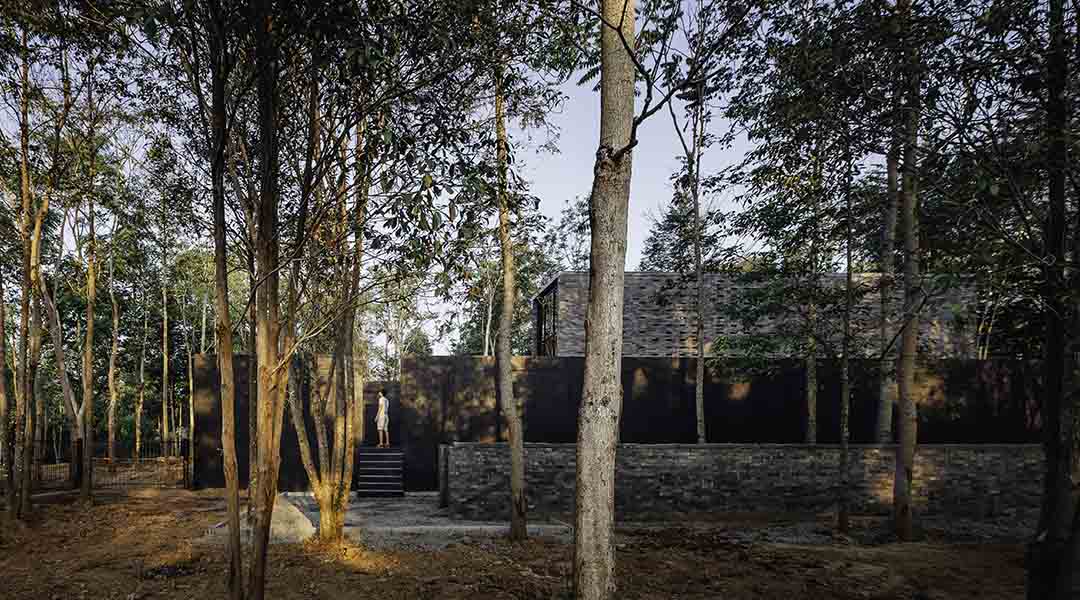
Ketsiree Wongwan: ‘All you have to do is prepare the whole thing, wait for the right moment, and press the shutter’
Ketsiree Wongwan doesn’t mince words. She explains herself in a matter of fact as she can, with refreshing candor. This straight-to-the-point ethos is also evident in her architectural photography, in which views and angles would seem to mimic the unfussy orthogonal views you find in sober architectural drawings or in 3D modeling software: front, back, top, and the occasional two-point perspective. And therein lies the appeal of Wongwan’s photographic work: one is able to enjoy the architecture in a direct and simple manner as possible. Her photographs portray a project’s sense of scale and proportion, its genius loci, and its architectural story through decisive angles. We find out how a failing grade in architecture school led Wongwan to reinforce the gut feeling she had to follow through with her interest in photography.
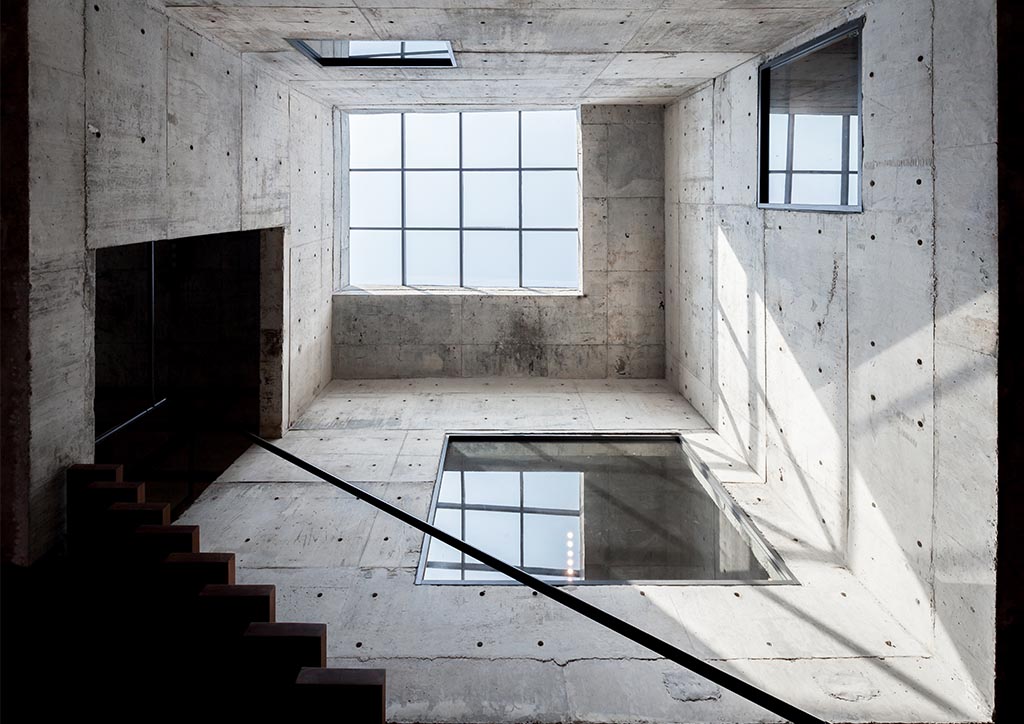
BluPrint: Can you briefly recount how you started as an architectural photographer? Did you have a background in architecture before you chose this career path?
Wongwan: It all goes back to when I was an architecture student and I was taking this class called ‘Photography and Design’. Our professor invited a senior alumnus, who was working as a photographer, as a guest speaker. Listening to him talk, I realized I could balance something I love, photography, with the field I was currently studying. It was only when I got an F for the ‘Design’ component when I knew that becoming an architect did not have to be my only career choice. Failing gave me more free time during my senior year to do photography. I then applied for an internship at art4d, a Bangkok-based architectural and design magazine. I’m currently still working for them as a photographer.
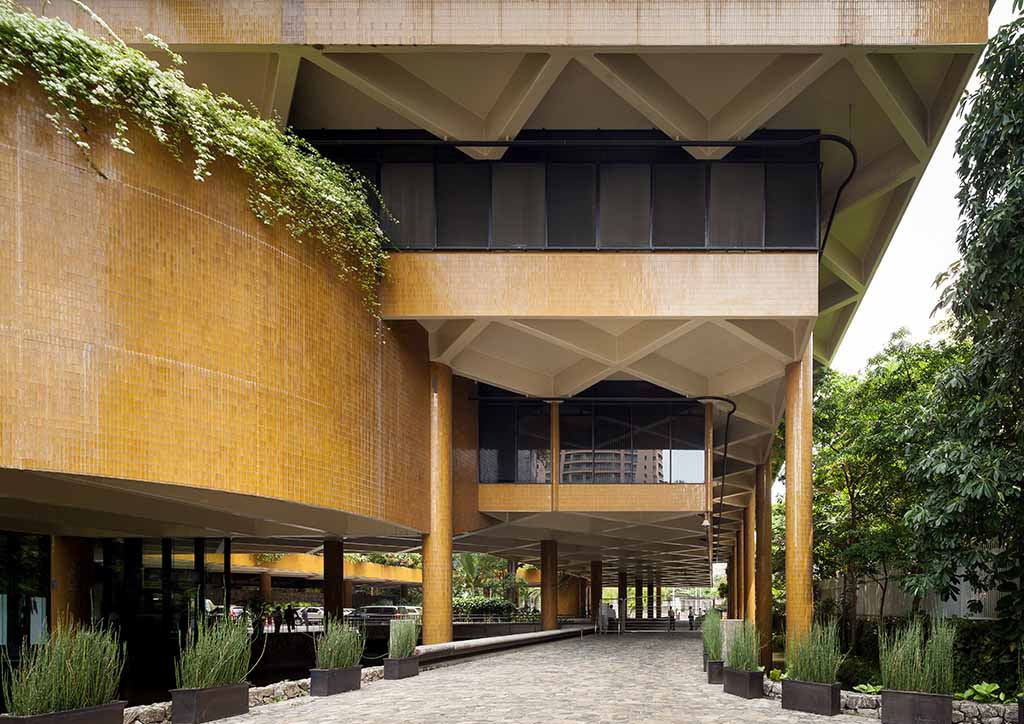
What attracts you to architecture as a photographer? I chose photography because I’m passionate about it. After college, I accepted that being an architect might not be the profession for me, so I started to look for a job that would suit me the most and one that would still relate to my studies. I found myself enjoying architectural photography because these built structures can’t talk and they can’t move, which is a plus for someone like me, who isn’t a talker. The factor that affects the physical appearance of a piece of architecture is light, and you can’t control that either. To me, photography is something you can’t rush. All you have to do is prepare the whole thing, wait for the right moment, and press the shutter.

How would you describe the role of photography in the field of architecture? Not everyone is able to see a building in its entirety so photography can be a medium to tell a spacial story. This is something, nowadays, a lot of architects are starting to invest in. They now hire an architectural photographer to photograph their works for their portfolio. They also use these photos to send to local and international press, for entering competitions, and so on. It shows, in addition to the content of the work, that photography has become an integral part of the visual representation that gives architectural design a greater audience reception and appreciation.

How has architectural photography affect the way you perceive and approach architecture?Maybe it’s because most of the works that I photograph are quite ordered, so lately I’ve begun to see things graphically and in grids– this helps me automatically visualize the image before taking the photo. However, this can also be a disadvantage for me because when I come across a free or irregular form, like buildings in which its proportions aren’t easily understandable or its columns are not all vertical, it throws me off sometimes. I would get a bit irritated by these seemingly disproportionate forms and tilted columns. But that’s where the fun is in this job–you get to encounter all kinds of architecture.
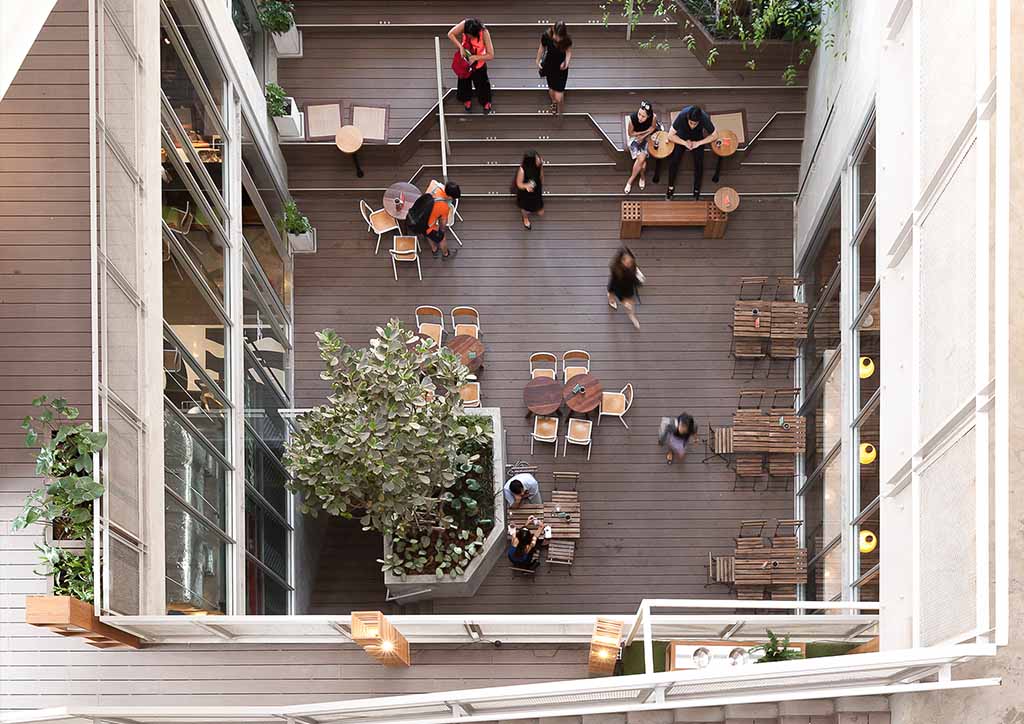
You might like Department of Architecture’s Twitee Vajrabhaya talks heritage
Do you believe in the importance of having a signature or personal aesthetic in your work? If so, why? Having a signature style is important because if everyone could take the same picture, then clients can just hire anyone. On the other hand, if you had a certain style or approach to photography that is unique and different from the rest, then your value increases and certain clients would naturally come to you.
Would you say that you are selective of your clients? I used to when I was younger. Before, I would rather work with architects mainly because it’s more fun and there are specific briefs and details I can work with. I haven’t really taken on commercial projects–condominiums, model houses, for example–but now I take them if I can because they pay a lot of money.
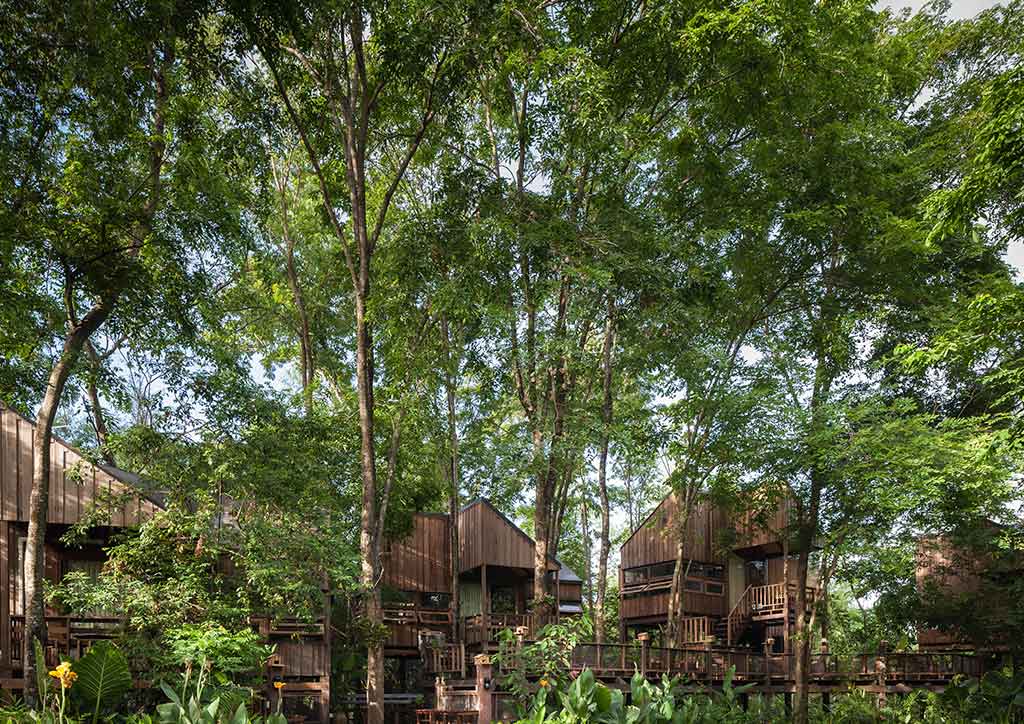
Can you give us a brief outline of your planning process prior to a photoshoot? Firstly, I let the client brief me on the story and concept behind the space I have to shoot, as well as point out the interesting spaces and details. Then I would ask for the plan and rendered images as references. At the very least, I have to give something that is close to the rendered images before taking the ones that are from my own angles. For the shoot itself, I would observe the direction of the sunlight and see what time would be the most appropriate to do the shoot, or at which period of day would a certain space look the best. If possible, I would do a survey of the site before the shooting day just in case there was something that needed to be put away or organized in a tidy manner. In turn, this helps me plan how I’m going to work on the actual shooting day better.

What are some of the challenges that you frequently encounter during shoots and how do you address them? For me, the challenge comes with the work where I have to follow a brief and a design concept. Before shooting, I would usually get a rough brief about the project concept and details from the client. Recently, there was one job where I had to photograph a house whose concept hinges on visually and physically interconnected spaces where users are able to see each other no matter which part of the house they’re in. So I had to work really hard to find the angles that make the photographs tell this story.
What feedback do you receive when you hand over or publish your photographs? There are two things people often ask me about: Firstly, I get asked why I like to shoot straight, frontal shots of a building and not at an upward angle. Secondly, I’m also asked how the photographs look better than the real thing as they tend to feel disappointed when they see the actual building.
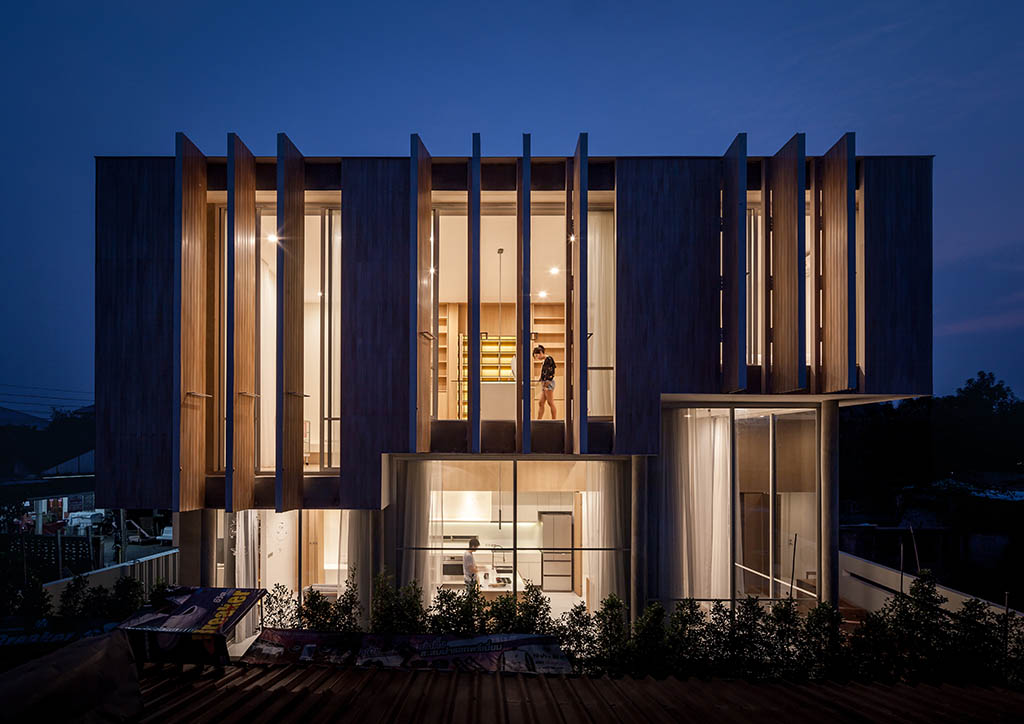
What skills or traits does one need to hone in order to improve one’s architectural photography? Discipline, patience, punctuality, and attention to detail that is close to obsession.
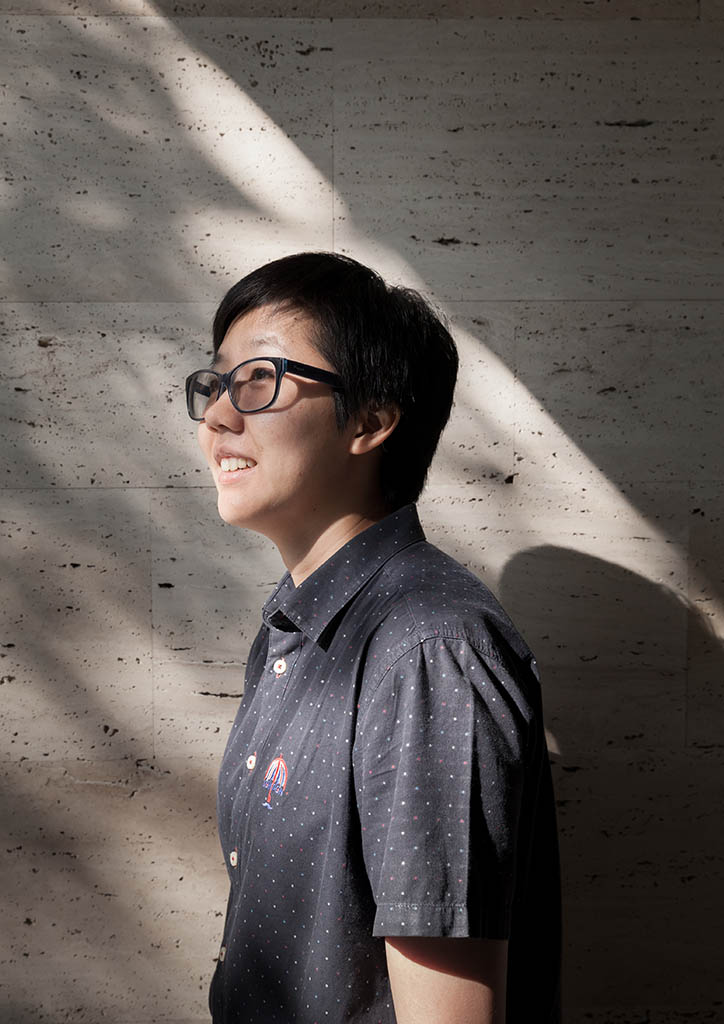
How do you think social media platforms like Instagram affect how people see architecture and architectural practices? From my experience, a lot of designers go to Pinterest for references. But if you ask me, Instagram is like another platform for people to showcase their works whether they’re photographers or architects. It helps connect architects and clients, photographers, or people who are interested in design to the works readily available on these platforms.
View Ketsiree Wongwan’s photography on Facebook at ‘Photos: Ketsiree Wongwan’ and follow her on Instagram at @photo.ketsiree.wongwan
This article first appeared in BluPrint Special Issue 1 2018. Edits were made for BluPrint online.
READ MORE: Architectural photographers we’re following online now (part 2)
Article Credits:
Introduction and interview by Patrick Kasingsing
Photos courtesy of Ketsiree Wongwan


